By David Dodge, GreenEnergyFutures.ca
Alberta lifted its 6-month moratorium on renewable energy projects, but will new rules create a new defacto moratorium for Alberta’s once booming renewable energy industry?
The ban was imposed during a boom in renewable energy investment to study issues related to land use, reclamation and grid reliability the provincial government said in August 2023.
But with the unpause come new rules which could amount to a new defacto moratorium or possibly even a poison pill for the industry says one renewable energy expert.
Dr. Sara Hasting-Simon is an associate professor in the Department of Earth, Energy and Environment and the School of Public Policy at the University of Calgary.
“The province announced a set of new rules, although I would say it was more like describing the rules than really announcing fully fleshed rules,” says Hastings-Simon.
The new rules prohibit renewable energy development on classes one and two agricultural lands, limits projects in so-called pristine viewscapes and near protected areas and will be fleshed out to deal with securities, bonding and reclamation.
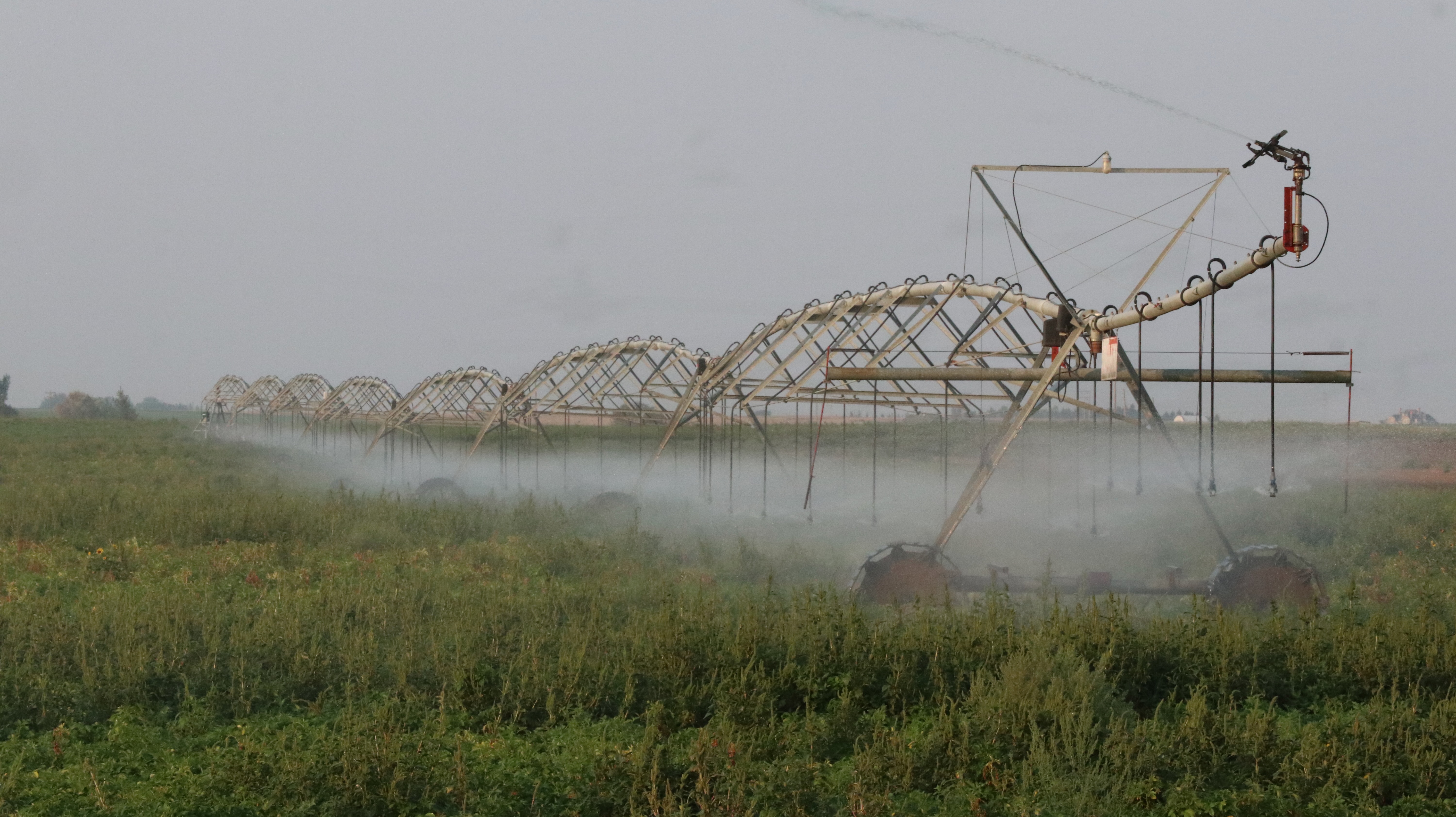
Renewable Energy on Agricultural Lands
Hastings-Simon completed a study on agricultural land use by renewable energy in Alberta and found no current developments on class one agricultural lands and about 15% on class two lands. Class two lands included land with some limitations that can be overcome with, for example, irrigation.
She also looked at the projected build-out of renewable energy in Alberta to 2035 and found the industry will occupy less than 0.1% of agricultural land by 2035.
The reason for this is simple. Unlike the case of oil and gas wells, landowners are completely in control of what renewable energy projects they host on their lands and if the deal isn’t right they just say no.
With no rules in place, farmers allowed no renewable energy developments on class one agricultural land. As for class two lands, prior to the proposed new rules they were free to decide whether it was more economical to host a project or irrigate the land and grow a crop.
Hastings-Simon questions the justification for restrictions and the limiting of choices for farmers, especially when they are facing “quite a dramatic drought.”
One former farm kid from the Taber area in southern Alberta started a company called RenuWell to build solar projects on abandoned oil well sites to replace revenue and taxes lost from abandoned wells. These sites are on class two land, but on irrigation corners where crops are not planted anyway.
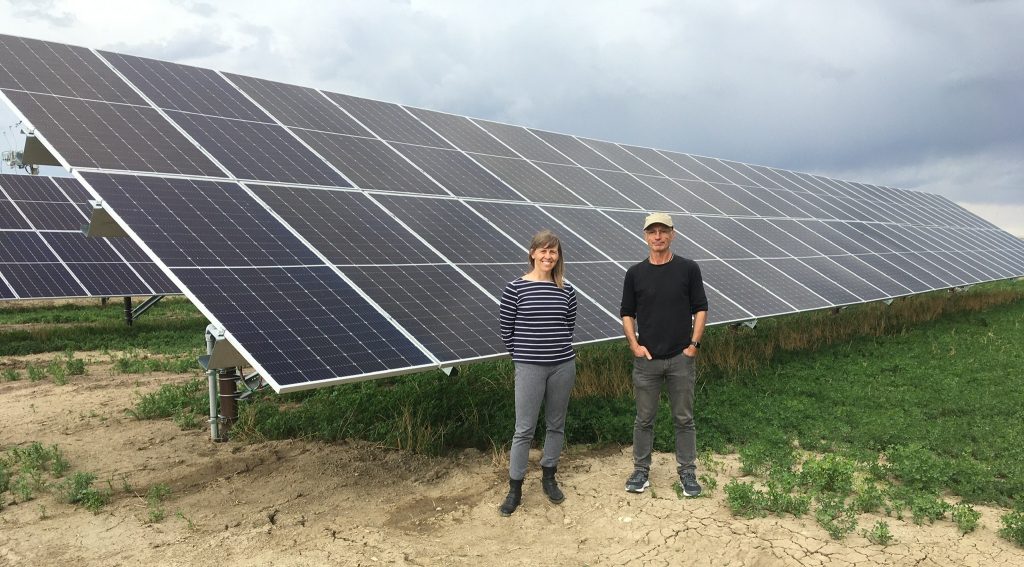
Security, Liability and Reclamation
No one would deny it’s important to ensure the landowner’s and province’s exposure to liability and reclamation costs.
For a wind farm for example; at the end of its life you may need to remove the turbines but the site is still located in a good location to generate wind power and the transmission connections are still there.
A more likely scenario is the redevelopment of the site with newer, more efficient wind turbines to continue earning revenue and producing power.
“And that’s very different from an oil or gas well where it might not be producing very much anymore,” says Hastings-Simon.
Still, it’s a good thing to plan for the end of life for renewable energy projects as long as it doesn’t cripple the industry with onerous requirements.
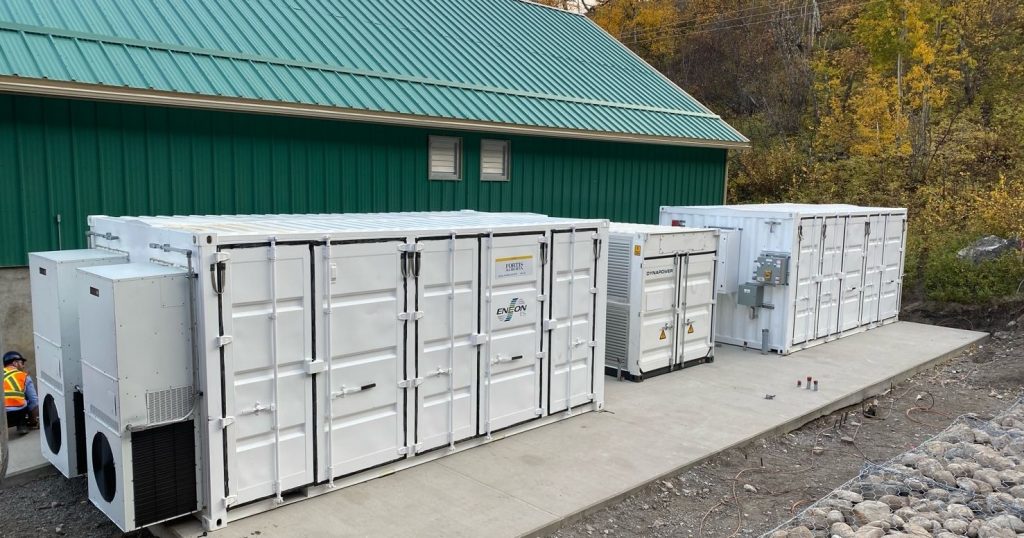
Reliability of Renewable Energy
Critics harp on about the intermittent nature of renewable energy which they say makes it unreliable.
But “It comes as no surprise to anybody that the sun goes down at the end of the day and the renewable energy industry is well aware of this,” says Hasting-Simon.
She says renewables are variable, not unreliable. And “renewables have a role to play in a reliable, resilient and efficient electricity grid.”
One of the roles is to provide the cheapest energy money can buy.
The most robust, reliable and affordable grid has a strategic mix of sources of electricity that plays on each of the source’s strengths.
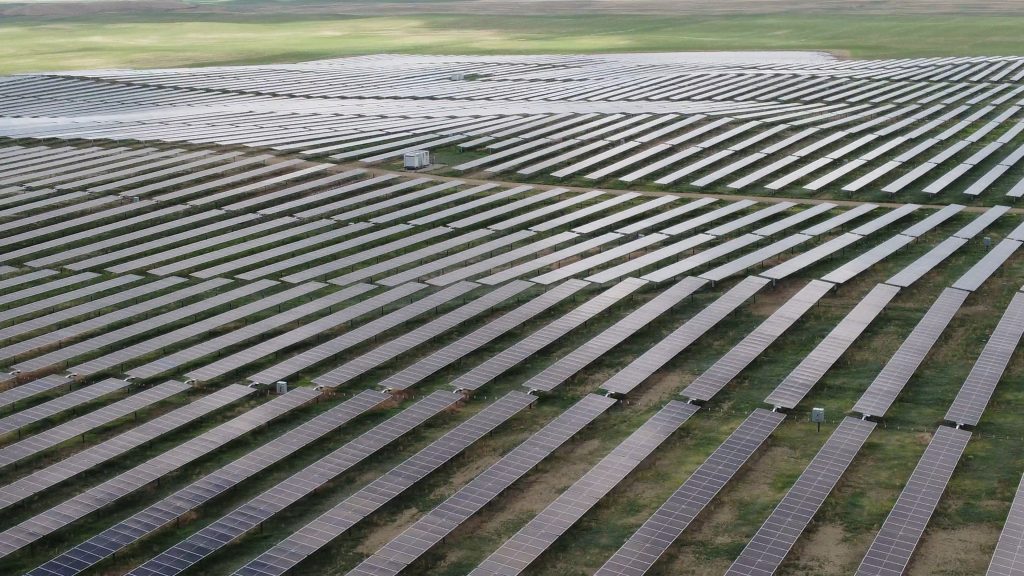
Alberta grid could easily reach 60 – 70% renewables
“In my research, we find that you could reach a grid that is 60 or even 70 per cent renewables on an annual basis at a really cost-effective level,” says Hastings-Simon.
And the solutions for accomplishing this are well known.
We need to plan our grid with a combination of dispatchable resources, renewable energy storage, demand response and transmission interconnections, says Hastings-Simon.
A study by Energy Storage Canada last year found the addition of just one 300-megawatt energy storage project to Alberta’s present grid could save Albertans $600 million on electricity by buying high and selling low, something called “energy arbitrage” in the industry.
Even though renewable energy investment is available and it’s coming on strong it seems very little is being done to prepare our grid for this inevitable future.
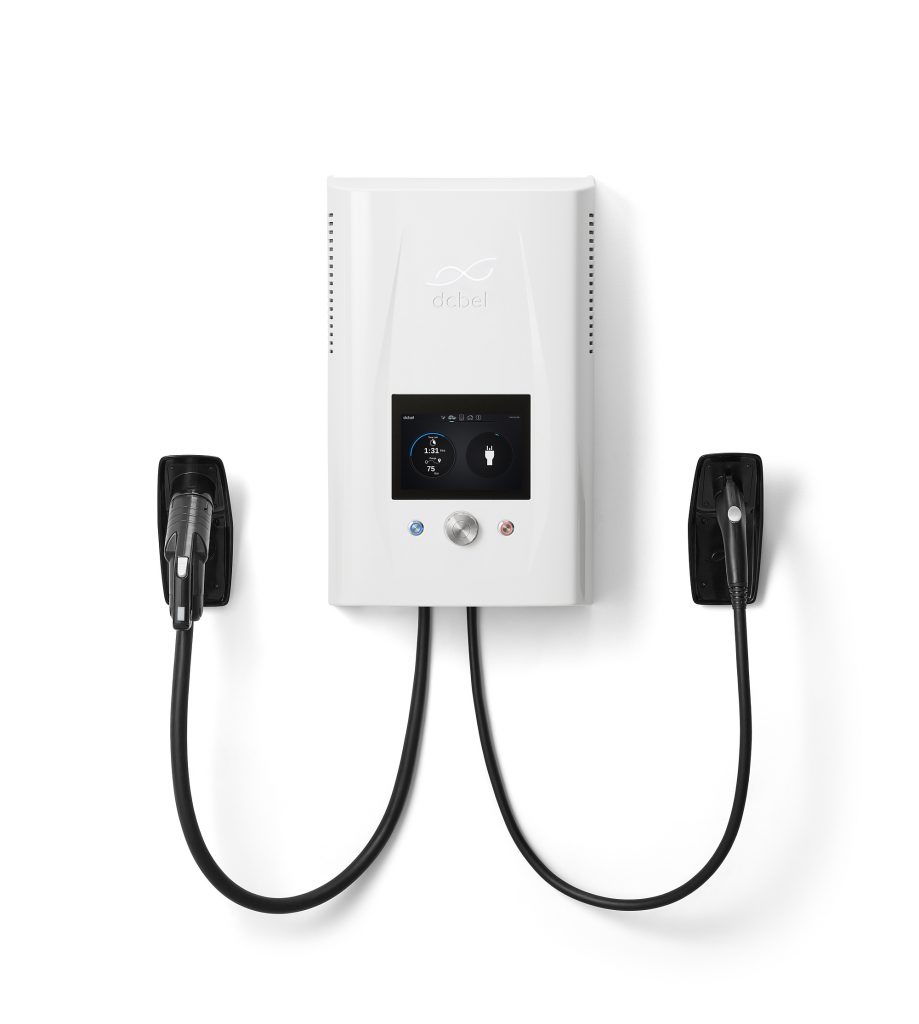
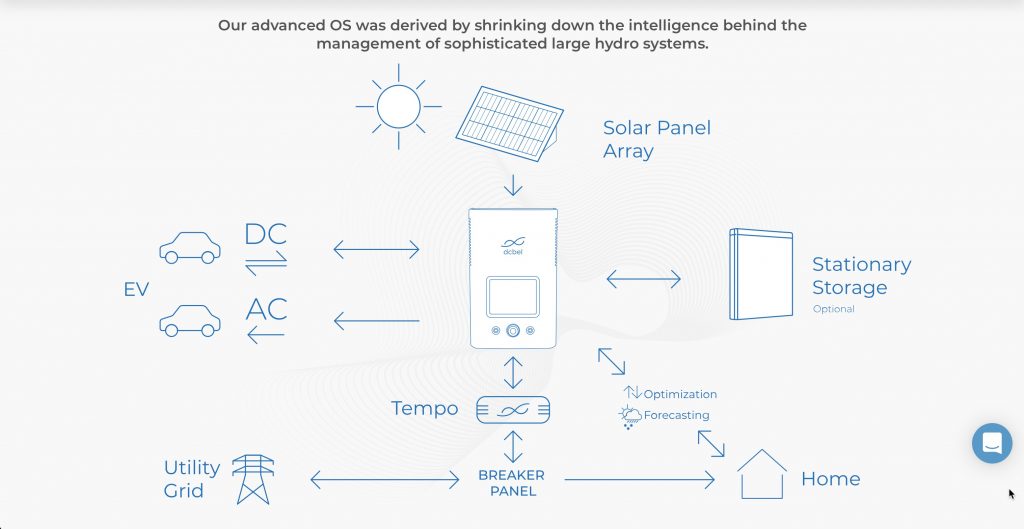
DCBEL, a Canadian company has created a very innovative smart device that is a dual DC EV charger, solar inverter and AI-powered energy management system. It isn’t being sold in Canada because grid infrastructure, regulations and policies aren’t ready for it. This is the sort of device that can easily turn EVs in to a powerful grid resource that could reduce demand as needed and even prop up the grid if need be.
Massive no-go zones for renewables
The last rule change involves a proposal to prohibit renewable energy projects from “pristine viewscapes” and “protected areas.”
Sounds reasonable on first blush, right?
But as Hasting-Simon says depending on how these proposed rules are interpreted you could lock renewables out of 75% of southern, Alberta.
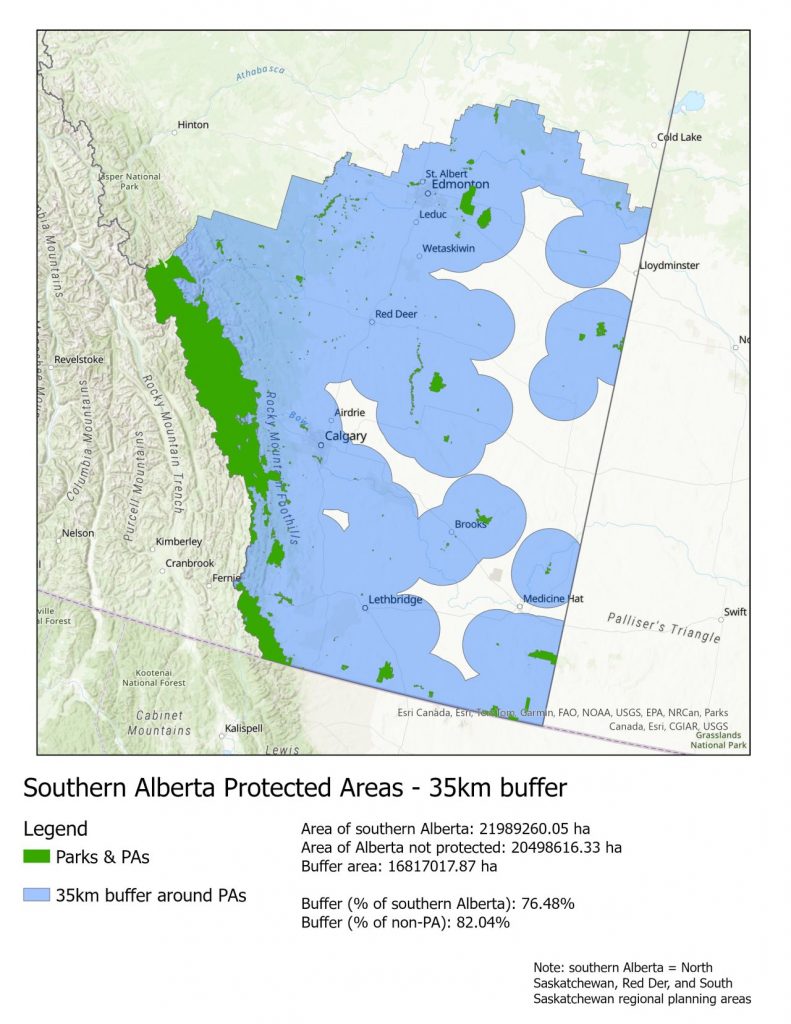
Critics wonder why renewable energy is being singled out like this. The oil industry has literally thousands of wells in amazing viewscapes across the province and even inside protected areas in Alberta. This is not to say that is a good thing, but neither is locking up 75% of the land which contains the best solar and wind resources in Canada.
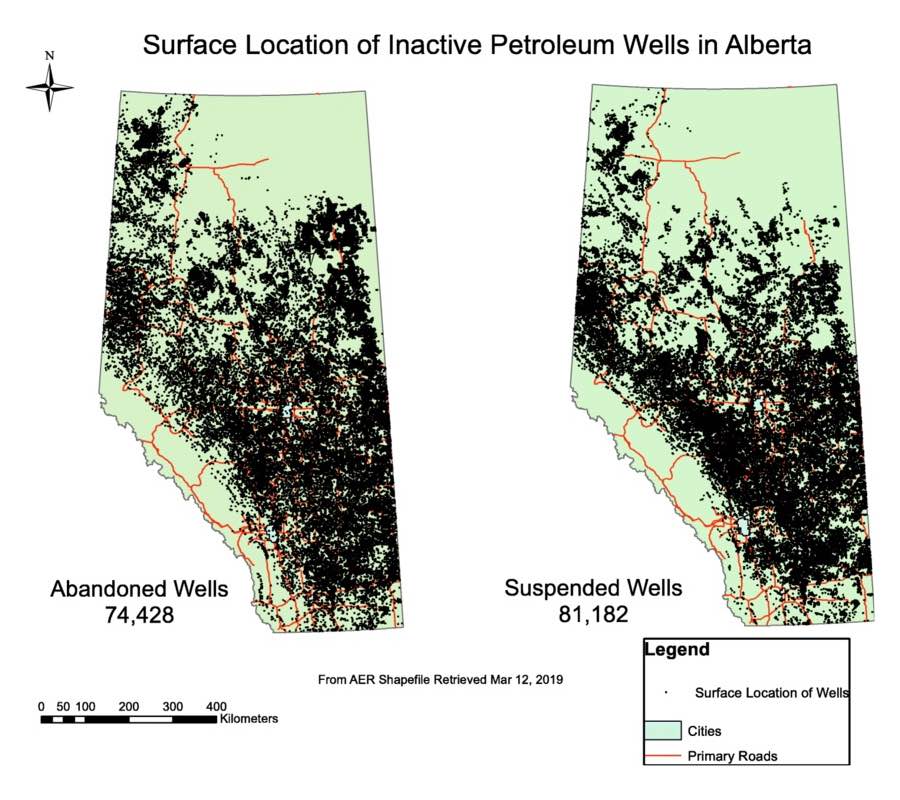
Alberta closed for business?
If you start adding up these restrictions it quickly builds a narrative that Alberta is closed for business, when it comes to renewable energy.
Hastings-Simon says if the rules are implemented as they appear to be proposed the effect would be to impose a defacto moratorium on renewable energy and a poison pill for the industry.
“I think it’s impossible to imagine that this won’t have an impact on investment,” says Hastings-Simon.
And indeed rumblings of renewable energy companies taking their projects elsewhere are already surfacing.
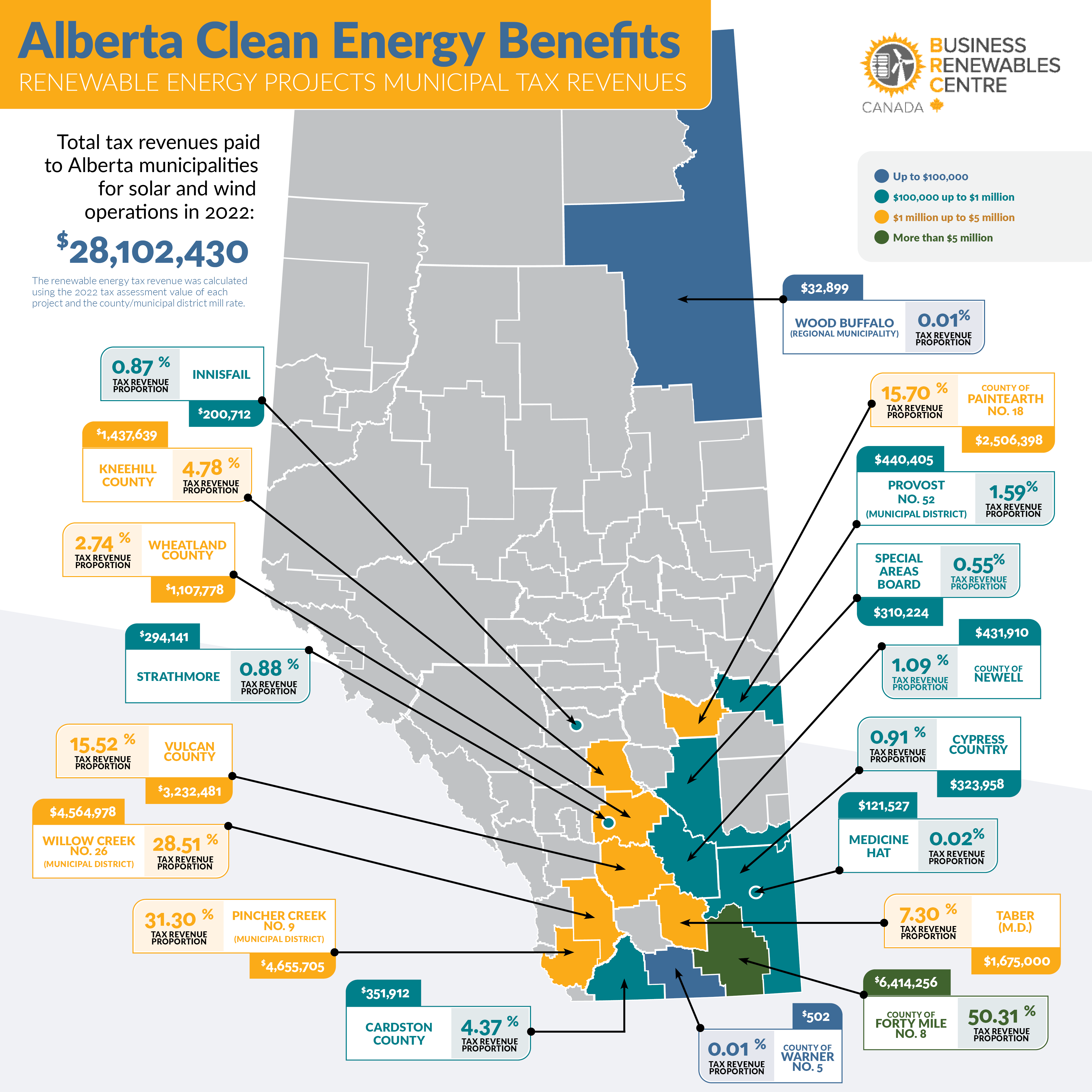
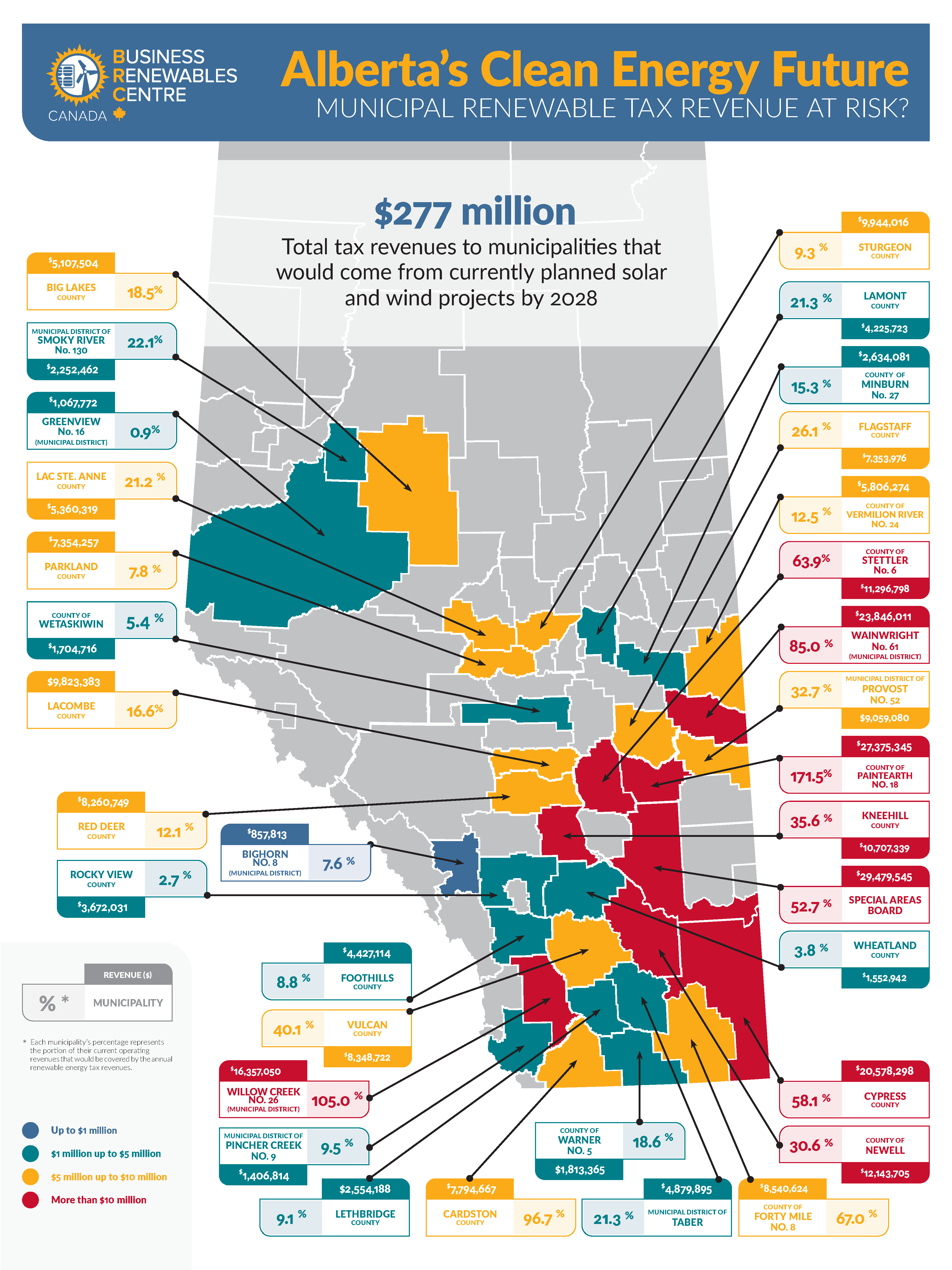
Alberta was poised to attract $33 billion in investment in renewable energy before the moratorium but that is now at risk along with some of the only serious action on climate change in the province.
The Business Renewables Centre has infographics showing current tax revenue already going to Alberta municipalities and the $277 million dollars in taxes that would go to municipalities from proposed renewable energy projects by 2028.
Dan Balaban, the CEO of Greengate Power who built Travers the largest solar project in Canadian history in Alberta told Global News his company is not pursuing any new developments in Alberta until it is confident that new rules will be “clear, fair and objective.”
The devil is in the details as they say, but simply examining the proposed rules is enough to chill even the most hardened renewable energy entrepreneur.

